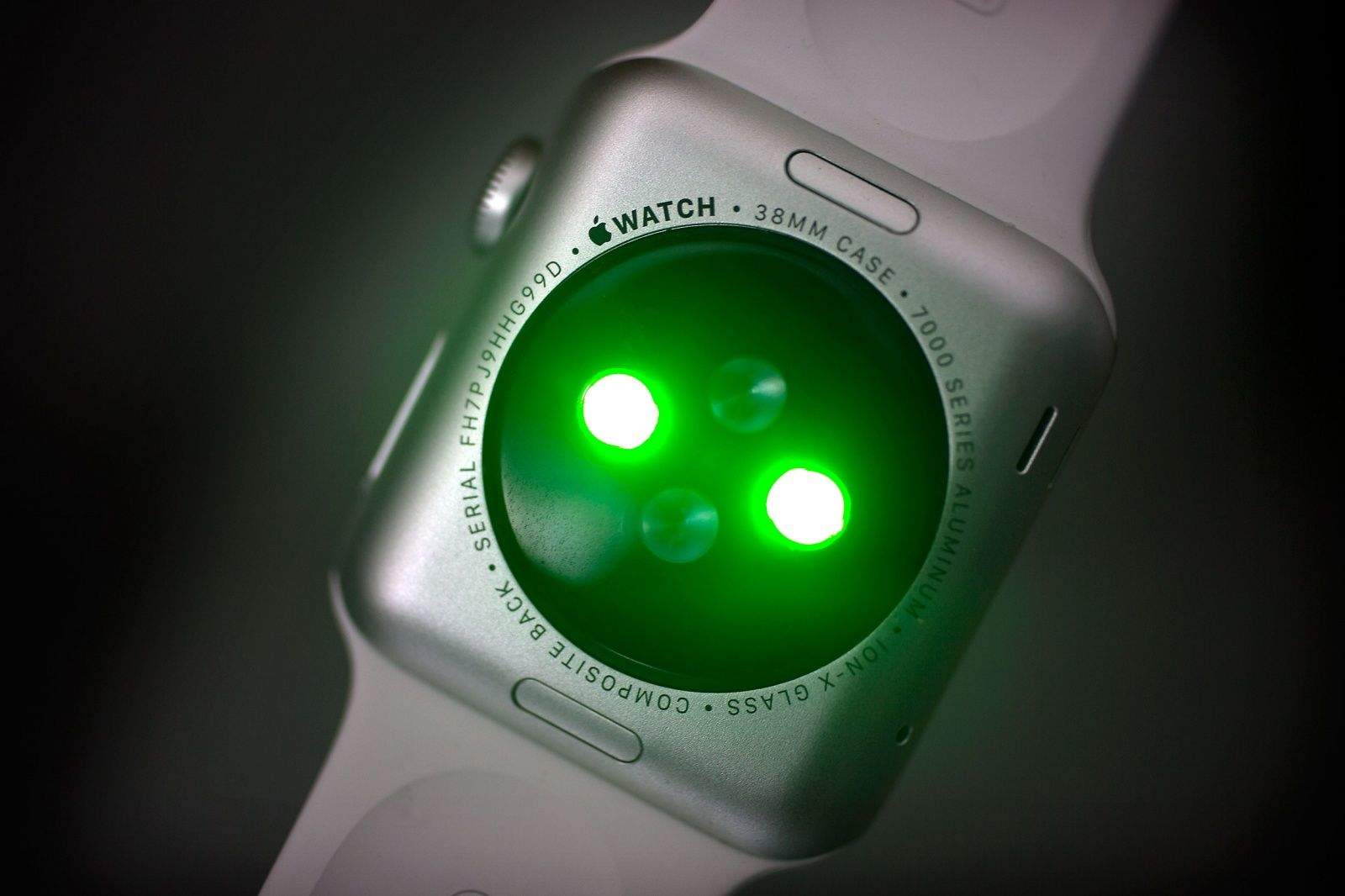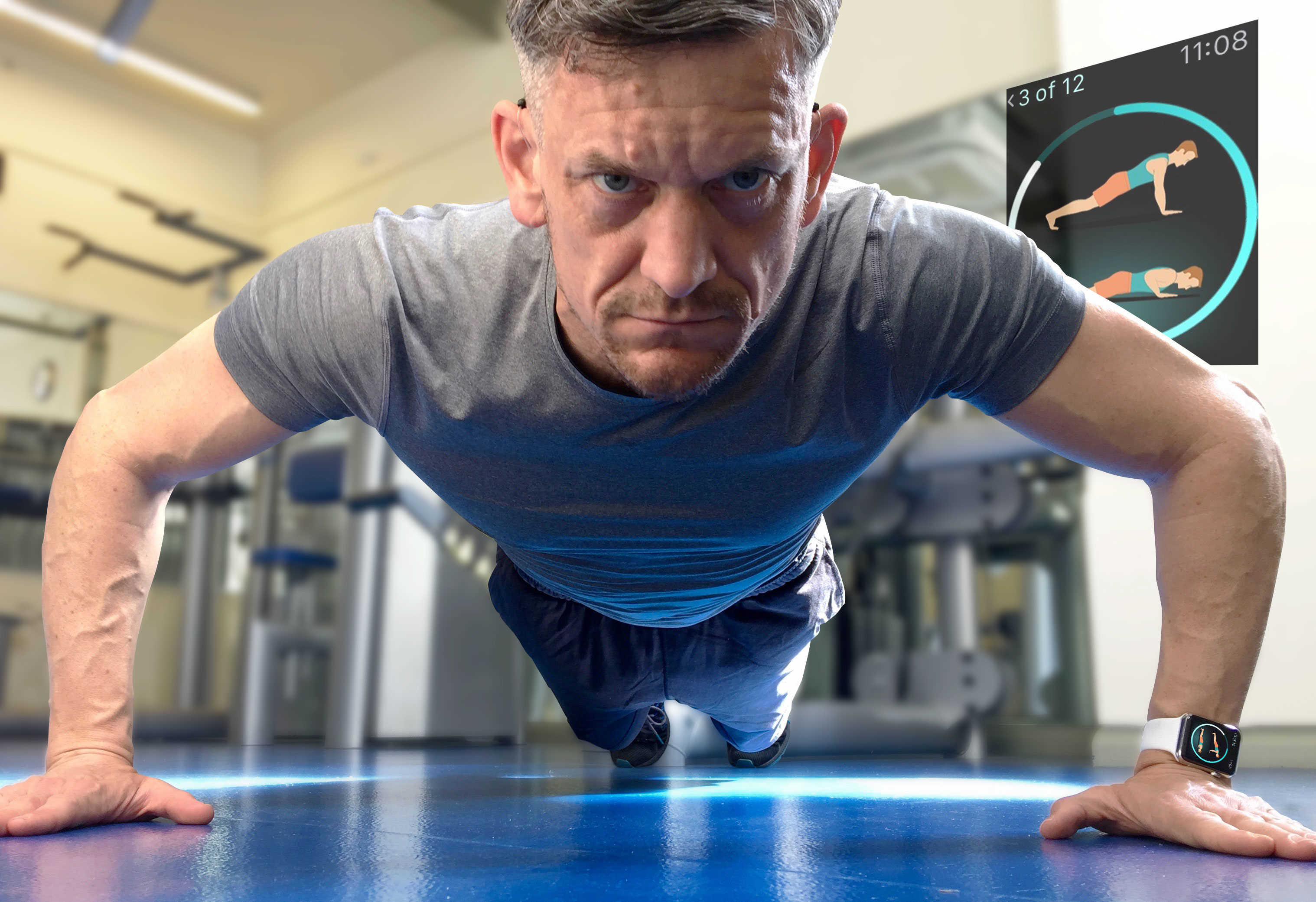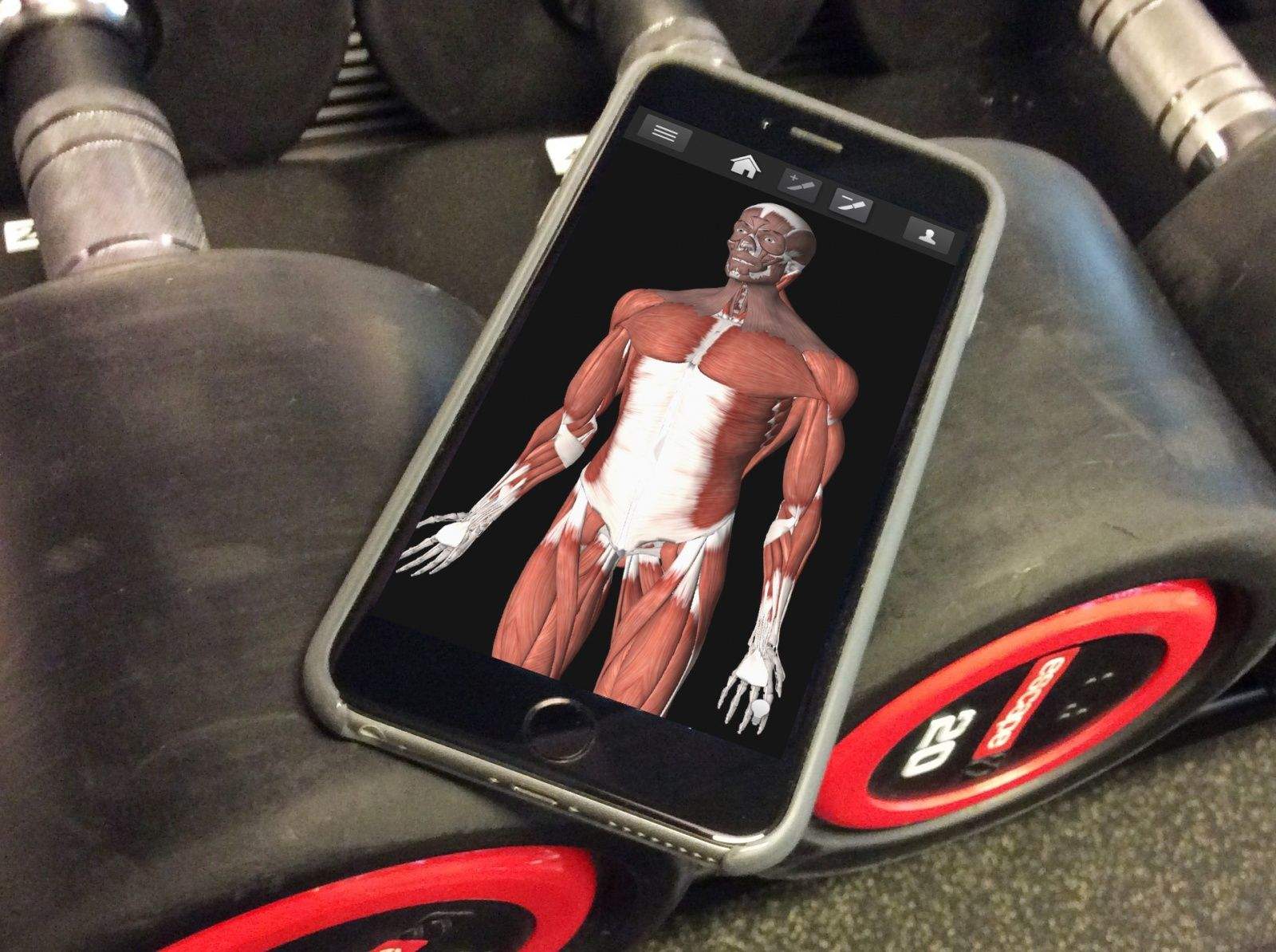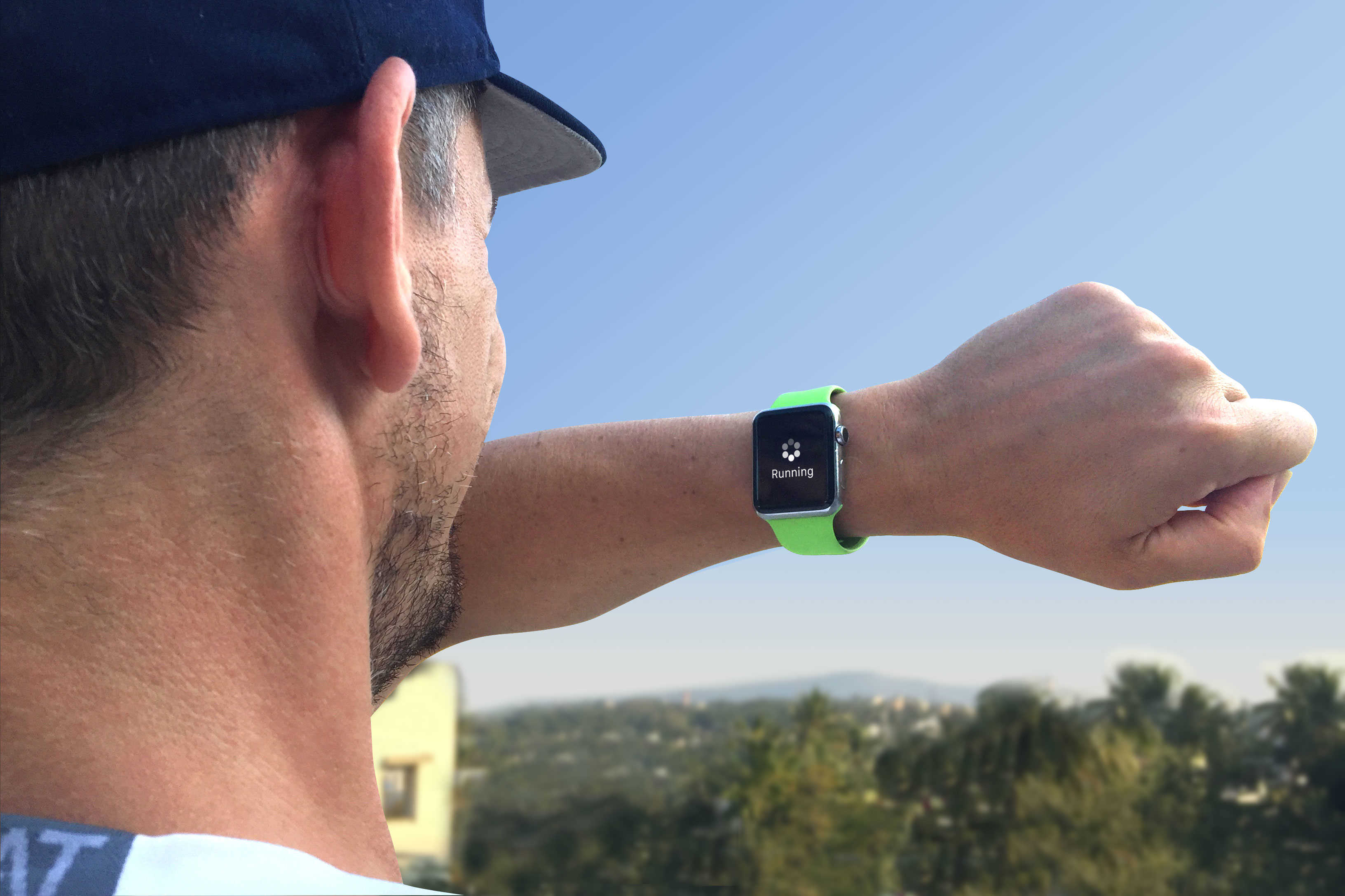Fitness is not just about walking, running and cycling, despite what your Apple Watch may have you believe. Strength training is also important. Without it, your fitness routine is like a one-hand clap. Whether you are aiming for a ripped beach body or just to improve your overall health, you need to lift some weights.
Apple Watch and iPhone do not offer built-in support for strength training, but the good news is there are plenty of third-party apps that can plug the gap. Apple Watch weightlifting apps can help in three ways: by telling you what to do; showing you how to do it; and keeping a log of what you’ve done.

Photo: Jim Merithew / Cult of Mac
Apple won’t help you get strong
Apple’s approach to fitness is all about tracking, using sensors like the accelerometer to monitor your activity in the background.
The reason Cupertino’s smartwatch does not track your strength is not because they don’t think it is important, but simply because they can’t do it automatically. As Apple’s fitness guru Jay Blahnik explained in an interview last year: “With strength training, there’s no sensor that measures the load in your hand.”
The “load” Blahnik is referring to is the weight you are lifting. Tracking strength training without monitoring this would be meaningless, because strength is all about how heavy you lift.
That’s why Apple does not bother with strength training right now. But you can be sure when they solve this problem they will start preaching the benefits of weight lifting. After all, both Jonathan Ive and Tim Cook are known to be keen gym rats.
Why strength matters
Everyone needs strength. Even if it is just to help with lifting your shopping out of the car, or carrying your laptop home from work. But there are more benefits to strength training than just being able to carry heavy things. It can also help to prevent injury, build stronger bones and improve your posture.
And then of course there is the question of appearance. Many of us just want to get a bit more toned, but fitness experts often scoff at this term, because “toned” has no technical meaning. What people usually mean is that they want more defined, developed muscles without becoming huge like a bodybuilder.
Cardio exercises, like running and cycling, can help to reduce your body fat, which will result in more muscle definition. But without strength training as well, this will just make you look skinny, so there is no escaping the need to lift some weights as well if you are aiming for a toned physique.
As with any exercise though, before you get started you should check with your doctor to make sure it is safe for you to do so.
How Apple Watch weightlifting apps can help with heavy lifting
Apps may not be able to automatically track your strength training workouts, but there are three ways in which they can help: by telling you what to do; showing you how to do it; and keeping a log of what you’ve done.

Photo: Graham Bower / Cult of Mac
Home workouts – Saving time and money
Many apps focus on workouts that you can do at home. This is great for people who don’t have the time or money to join a gym, or simply prefer the privacy of their own home.
In the last couple of years, the App Store’s Heath & Fitness section has been deluged by a new genre of “7 minute” workout apps, like 7 Minute Workout Challenge, The Johnson & Johnson Official 7 Minute Workout App, 7 Minute Workout “Seven”, 7 Minute Workout — Fitness for Women and Wahoo 7 Minute Workout.
The 7-minute trend was inspired by an article published in ACSMs Health & Fitness Journal, in 2013 and made popular by a New York Times blog post which promoted the concept of High Intensity Interval Training (or “HIIT”). The idea is that in just seven minutes, you can get many of the benefits of a much longer workout, provided you do it at a very high level of intensity, with minimal resting between exercises.
Though these short, sharp burst may not be as effective as a full workout, they are certainly better than no exercise at all. You’ll pay of the time you save as well – in sweat. For HIIT to be effective, it must be performed with great intensity, which means plenty of suffering. A longer, gentler workout may actually be a more bearable experience. It’s also important to note that authors of the original ACSM article anticipated people repeating the 7 minute program two to three times. They never claimed that a single 7 minute burst was enough.
Another issue is that these programs rely on body-weight exercises – meaning you literally lift the weight of your own body, by doing exercises like push-ups. As your strength develops, you may find your own bodyweight is no longer sufficient. You need some heavier weights to lift. You could buy weights to use at home, but this tends to be expensive and takes up a lot of space. For most of us, joining the local gym is a better option.

Photo: Graham Bower / Cult of Mac
Time to hit the gym – What have you been weighting for?
Strength training equipment in the gym can be divided into two broad categories: free weights and resistance machines.
Free weights you normally hold in your hands – they are not attached to anything, hence the term “free.” The most common free weights are barbells, dumbbells and kettlebells. There are many different exercise you can perform with these weights, mostly in the form of squats, presses, rows, curls and extensions.
In contrast, each resistance machine is designed for performing a specific exercise. That is why most gyms provide so many different machines. The weights are normally organized in a stack, and you press against handles or pads.
Free weights tend to provide a better workout because they force you to use more muscles at once in order to stabilize the weight as it moves freely during a lift. In general, resistance machines are good for beginners, because they keep the weights stable for you, and help you to perform the lift safely. Machines are also useful for advanced lifters who want to target specific muscles.
Whatever equipment you choose, you will normally be doing repetitions of the same lifting motion (known as “reps”) which are grouped together in batches (known as “sets”) with rest intervals in between. The weight you lift should be heavy enough to be challenging, but still enable you to safely complete 2-4 sets of 8-12 reps, with rest intervals of around two minutes in between each set.
Weight lifting app Gymaholic is currently featured on Apple’s website, because it offers Apple Watch support. It includes workout programs for beginners, intermediate and advanced lifters, and the companion watch app is useful when you’re at the gym, because it tells you which exercise to do next without needing to take your iPhone out of your pocket. Oddly, the exercise diagrams feature a green man with no face, who looks just like Charlie in his green lycra body suit from It’s Always Sunny In Philadelphia.
If you already have some experience with lifting, it is also worth checking out StrongLifts 5×5. This app was featured by Apple in its Strength TV ad for the iPhone 5s. It has a clean, simple design, and follows a program focusing on building strength gradually with five essential barbell exercises: deadlift, squat, bench press, overhead press, and bent-over row. It is called “5×5” because the exercises are all performed in five sets of five reps. These exercises require some practice, and the app asks you how much weight you have previously lifted, so this is not an app for beginners.
Apps that show you how to lift
The way in which you lift the weights is known as your “form.” Using the correct form is important, because it ensures you perform the lift safely, without risking injury. If you are new to lifting I would strongly recommend you invest in some sessions with a qualified personal trainer who can coach you to ensure you perform the lifts with the correct form. But apps can also be helpful, by providing photos and videos you can check while you are at the gym.
There are three apps that stand out on the App Store for their exercise databases: Full Fitness, Fitness Buddy and All In Fitness. They all consistency rank highly in the Health & Fitness paid app charts. They all feature comprehensive exercise databases with good color photography for every exercise and videos for some. But disappointingly they are all badly in need of an update. Full Fitness was last updated in 2013, which means it still has the look and feel of an iOS 7 app. And none of these apps support the iPhone 6 and 6 plus screen sizes, which means they appear in zoomed mode.
Frustratingly, Full Fitness, the app with the best exercise database also has the most out of date interface. Fitness Buddy and All In Fitness both look much better, but even though they feature some exotic exercises like “complex lying band chest fly and crunch,” they are both missing some basics like decline barbell bench press. For this reason, I think Full Fitness is still the best choice for an illustrated exercise database app. I just wish the developers would update it.
Alternatively, for a comprehensive if somewhat ghoulish exercise database, give iMuscle 2 a try. The animated illustrations are very clear, but the model’s skin has been flayed, leaving nothing but muscle, sinew and bone to view. This is presumably so you can see the anatomy more clearly, but it creates a zombie-like quality that resembles Colossal Titan from the Japanese manga Attack of the Titans. Gore aside, it’s the most comprehensive exercise database I’ve found in an iOS app, although this app has also not yet been optimized for larger iPhone 6 and 6 Plus screens.

Photo: Graham Bower/Cult of Mac
Logging your progress
All of the apps mentioned above provide a means of logging your workouts, so you can see a history of when you have performed each exercise, and what weights you have used. This is hugely important – it not only helps to you monitor your progress and identify things you need to change in your program, but it can also be very motivating to see you hard work build up over time.
Finding the balance between cardio and strength training

Photo: Graham Bower/Cult of Mac
Weightlifting may not be everyone’s favorite kind of training. Some people, myself included, are natural cardio enthusiasts – preferring cycling, swimming and running. But as any athletics coach will tell you, strength training will make you a better runner. And equally, most gym rats could benefit from doing a bit more cardio as well. It is simply a question of finding the right balance between strength and cardio for you.
However you choose to balance your training, remember that your Apple Watch is not going to nag you about strength training the way it does about cardio. And it is not going to lift the weights for you either. So it’s time to hit the gym.


